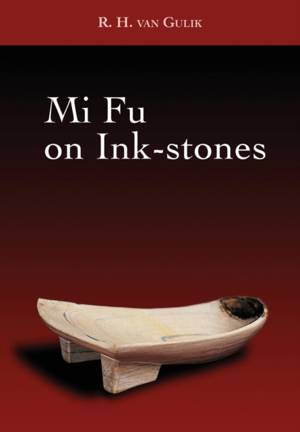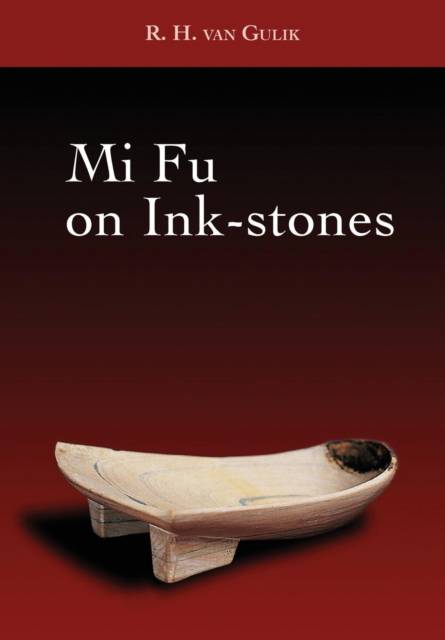
- Afhalen na 1 uur in een winkel met voorraad
- Gratis thuislevering in België vanaf € 30
- Ruim aanbod met 7 miljoen producten
- Afhalen na 1 uur in een winkel met voorraad
- Gratis thuislevering in België vanaf € 30
- Ruim aanbod met 7 miljoen producten
Omschrijving
The great Song Dynasty poet and artist, Mi Fu (1051-1107), entered official life as secretary of the Board of Rites and Court painter. He founded a school of painting characterized by its bold and vigorous brushwork, and yet delicate in the composition of its exquisite landscapes.
Besides writing poetry, critical essays and colophons, Mi Fu left important treatises on painting and calligraphy, in addition to the present work on ink-stones, translated here by the eminent Dutch diplomat and Sinologist, Dr R. H. van Gulik. In the case of the first two works, the subjects of Mi Fu's deliberations have long since disappeared. There remain, however, numerous surviving examples of ink-stones from the Song and earlier dynasties, enabling us to compare Mi Fu's words with the actual objects he describes.
The importance of the ink-stone as an essential tool of the Chinese Literati--and thus the importance of our understanding of its nature to our overall comprehension of Chinese brushwork--is but one aspect of the present work. The ink-stone is, in addition to a tool, a work of art in its own right, combining the skill and wit of the sculptor with the ancient Chinese tradition of appreciation of beautiful stones. In this translation of Mi Fu on Ink-stones, Dr van Gulik provides not only a guide to the connoisseurship of this essential treasure of the scholar's studio, but also an illuminating glimpse into the mind of this brilliant eleventh century artist.
Specificaties
Betrokkenen
- Auteur(s):
- Uitgeverij:
Inhoud
- Aantal bladzijden:
- 84
- Taal:
- Engels
Eigenschappen
- Productcode (EAN):
- 9789745241558
- Verschijningsdatum:
- 1/02/2018
- Uitvoering:
- Paperback
- Formaat:
- Trade paperback (VS)
- Afmetingen:
- 170 mm x 244 mm
- Gewicht:
- 149 g

Alleen bij Standaard Boekhandel
Beoordelingen
We publiceren alleen reviews die voldoen aan de voorwaarden voor reviews. Bekijk onze voorwaarden voor reviews.











